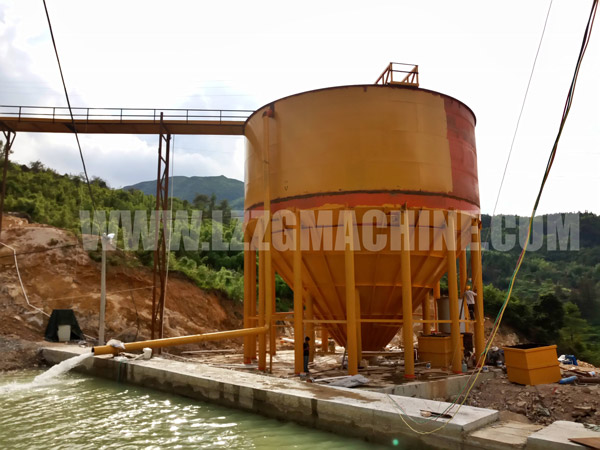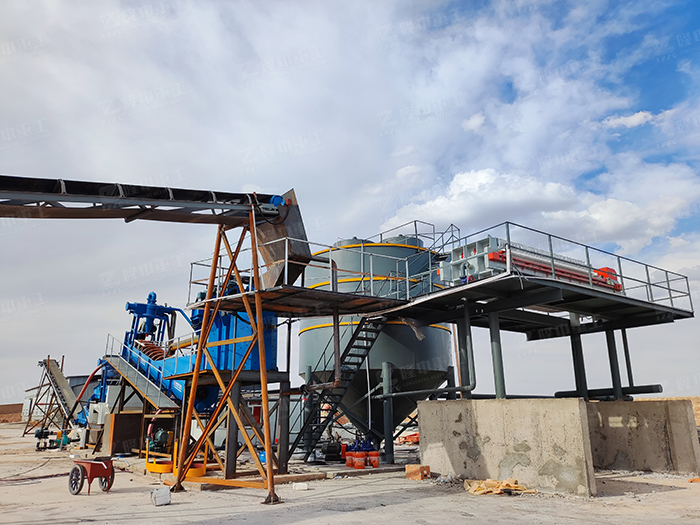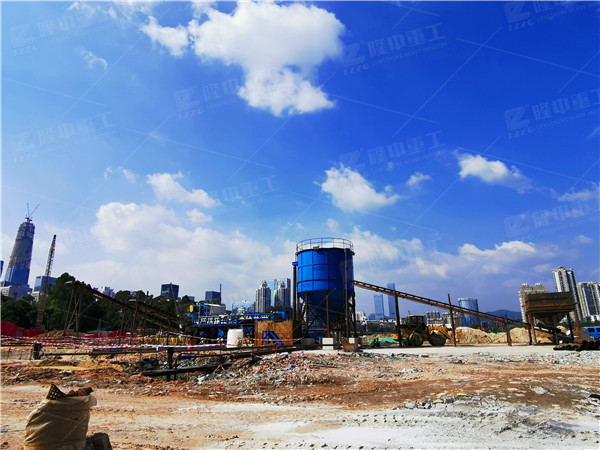Phosphogypsum washing and drying equipment
 March.09,2020
March.09,2020
This set of phosphogypsum washing and drying equipment adopts the sieving, washing, and grading process flow, that is, the phosphogypsum is first sieved to remove large particles larger than 25 mm, and then added to the grinding tank to grind into a slurry with water, and the slurry is removed by trimming and screening. Particle impurities above 0.8mill, while adding a certain amount of water to wash the phosphogypsum, and then classifying and dehydrating by a hydrocyclone and a dewatering screen to obtain a refined phosphogypsum product that meets the requirements. The yield is about 80%.

Wastewater treatment. The acidic wastewater of the dephosphorization gypsum production line is concentrated in the high-efficiency concentrator. PAM is first added to remove suspended solids. 20% of the acidic water flows to the neutralization tank, which is discharged after neutralization with lime milk. 80% flow into the circulation tank. Used in cycles.
During drying and calcining, the hot flue gas generated by the phosphogypsum through the screw conveyor (later changed to a belt conveyor) and the coal-fired boiling furnace enters the calciner through the two holes at the inlet end, and the materials are dispersed under the action of the rotor. Utilize and fully exchange heat with the flue gas. The dry material follows the exhaust gas to the outlet end, enters the cyclone separator through the exhaust fan, and the exhaust gas is evacuated after being collected in a cloth bag.
The original design of the calciner feeding equipment is a double-tube spiral. Due to the high humidity of phosphogypsum, strong adhesion, the screw is easy to jam, and the dryer does not feed smoothly. In order to ensure the safety of the subsequent equipment, the screw feeding is canceled, and the belt conveyor + flap lock valve feeding device is used. The effect is good after putting into use.





